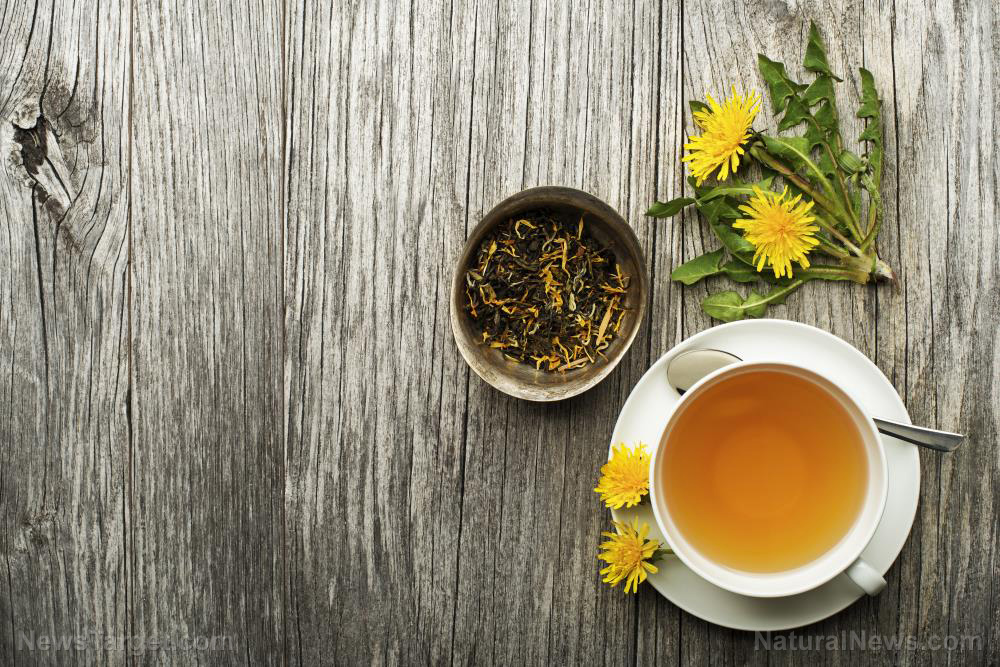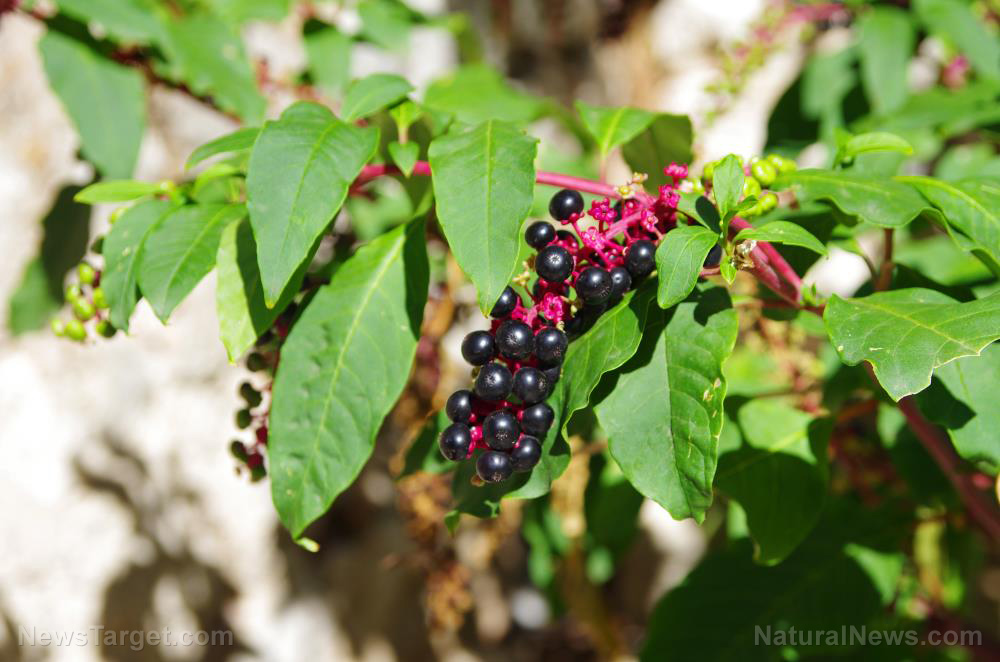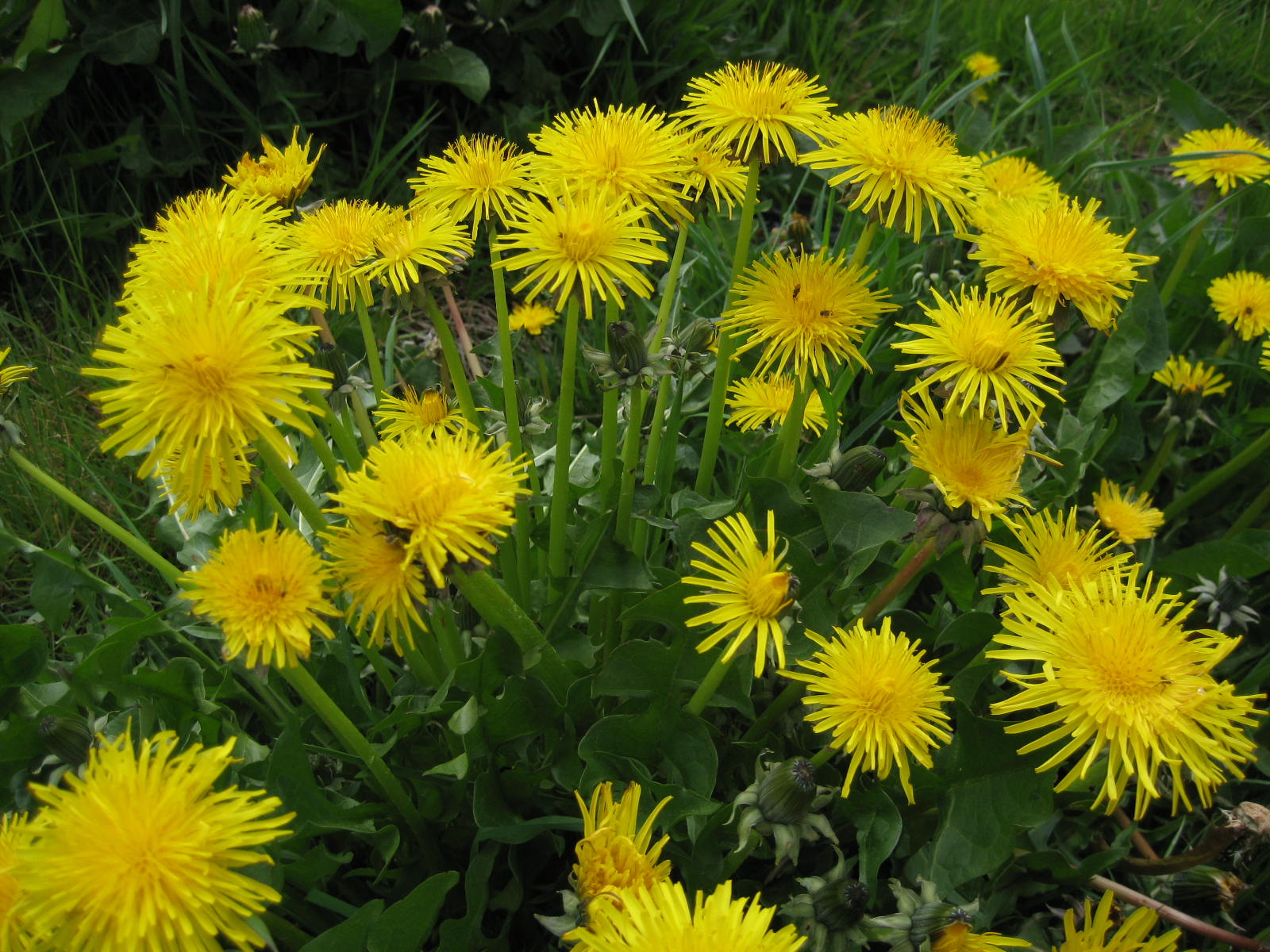
To a non-prepper, dandelions are weeds that should be destroyed. However, preppers know that dandelions can be used to make tasty and nutritious beverages and dishes. (h/t to ModernSurvivalBlog.com)
The entire dandelion plant is edible, from its bright flowers to its roots. You can harvest dandelions in early spring or late fall. Only harvest dandelions from areas that you know haven’t been treated with herbicides. When foraging dandelions on public lands, assume they’ve been sprayed unless you have confirmed it.
Nutritious from flower to root
Dandelion flowers can be eaten right off the plant, but younger blossoms taste the best. As the flowers grow bigger and mature they will develop a slightly bitter taste.
Dandelion flowers are highly nutritious and full of vitamins, minerals and dietary fiber. The flowers also have the highest concentration of beneficial antioxidants called polyphenols, but these compounds are also present in the roots, leaves and stems.
Dandelion leaves are also edible, but young leaves taste best. As dandelion leaves mature, they become more bitter. Boil the leaves briefly to help remove any bitterness.
Dandelion roots can also be eaten, but it's best to boil them before consumption. The roots are full of the prebiotic fiber inulin, which helps boost your digestive health. According to studies, inulin can help relieve constipation and increase intestinal movement.
Dandelions also contain vitamins and antioxidants like beta-carotene, which your body turns into vitamin A (14,000 units/100 g leaf).
Dandelions are also a good source of the following vitamins and minerals:
- Calcium
- Copper
- Folate
- Iron
- Magnesium
- Manganese
- Phosphorus
- Potassium
- Riboflavin
- Thiamin
- Vitamin A
- Vitamin B6
- Vitamin C
- Vitamin E
- Vitamin K
Dandelion dosage and supplement forms
Dandelion leaves, stems and flowers can be eaten cooked or raw. The roots are usually dried, ground and consumed as a tea or coffee substitute.
You can also purchase dandelion capsules, extracts and tinctures. There are no clear dosage guidelines for dandelion since there is very little human research conducted on the plant as a supplement.
Here are suggested dosages for different forms of dandelion based on some available data:
- Fresh leaves – 4–10 grams daily.
- Dried leaves – 4–10 grams daily.
- Fresh roots – 2–8 grams daily.
- Dried powder – 250–1,000 mg, four times a day.
Considerations before consuming dandelion
Dandelions are considered generally safe to eat because they have low toxicity, particularly when consumed in their whole form. However, you should exercise caution if you're not used to consuming dandelions since research is still very limited on the topic.
Dandelion may cause allergic reactions, especially if you are allergic to related plants like ragweed. Contact dermatitis can also occur if you have sensitive skin.
Dandelion may also interact unfavorably with certain drugs, like antibiotics and diuretics.
Dandelion tea recipe
You can make tea using all parts of a dandelion plant. Below are recipes for dandelion tea made from flowers, leaves and roots.
Tea made from the flowers is slightly sweet and the leaves make a soothing beverage that tastes like green tea. Tea made from roasted dandelion roots makes a rich tea that you can drink as a coffee substitute.
Dandelion tea made from fresh flowers
Ingredients for 1 serving:
- 10 Dandelion flower heads
- 8 ounces of water, freshly boiled
Preparation:
- Remove the green base from the flower heads. This ensures that the tea doesn't taste bitter.
- Place the dandelion flowers in a small teapot, then cover with the freshly boiled water. Let the tea steep for 10 to 15 minutes before serving.
Note:
To make cold brew tea, use one part dandelion and one part cold water then refrigerate for four to six hours before serving.
Dandelion tea made from leaves
Ingredients for 1 serving:
- 2 Teaspoons of dried dandelion leaves (or a small handful of fresh leaves)
- 8 Ounces of water, filtered and boiled
Preparation:
- Steep the dried dandelion leaves (or fresh leaves) in eight ounces of boiled, filtered water.
- Strain before serving.
Dandelion tea made from roots
Use dandelion roots that you've dried and chopped. Toasting the roots will make the tea taste like coffee.
To roast dandelion roots, place a pan on medium heat. Stir frequently until the roots turn golden brown.
Ingredients for 1 serving:
- 1 Tablespoon of dandelion root
- 8 Ounces of water
- Milk or non-dairy alternative (Optional)
- Cinnamon (Optional)
- Nutmeg (Optional)
Preparation:
- Dandelion roots must simmer on the stovetop briefly to release their beneficial compounds. Instead of pouring boiling water over the chopped dandelion root, cook it over low heat for 20 to 30 minutes.
- If you're going to make more than one serving, use one tablespoon of dandelion root for every eight ounces of water. You can refrigerate the dandelion root tea for several days.
- To make a sweeter tea, add a bit of milk and top with cinnamon or nutmeg.
Dandelion salad recipe
This recipe pairs dandelion leaves with a flavorful garlic dressing.
Ingredients for 4 servings:
- 2 Cups of dandelion leaves, rinsed and dried
- 1 Tablespoon of avocado oil
- 2 Teaspoons of chopped garlic scapes (Or a half clove of garlic, minced)
- 1 Teaspoon of lemon juice
- 1 Teaspoon of raw honey
- 1/4 Teaspoon of pepper
- 1/4 Teaspoon of sea salt
- Dandelion flowers, rinsed and dried, for garnishing
- Slices of radish, for garnishing
Preparation:
- Whisk the avocado oil, lemon juice, honey, garlic, salt and pepper in a small mixing bowl to make the dressing. Add salt or pepper to taste.
- Place the dandelion greens in the bowl and toss to combine. Serve topped with radish slices and dandelion flowers as garnish.
Dandelion jelly recipe
This recipe for dandelion jelly tastes just like honey, with a lemony kick. When you're done, you'll have enough jelly to fill five half-pint jars.
Ingredients:
- 2 Cups of dandelion petals, lightly packed
- 4 Cups of water
- 4 Cups of sugar
- 2 Tablespoons of lemon juice
- 1 Box of powdered fruit pectin
Preparation:
- Remove the green parts of the flowers. Place the petals into a quart canning jar.
- Pour four cups of boiling water over the flower petals. Set them aside and let them cool before refrigerating for 24 hours.
- Strain the flowers and squeeze out as much liquid as possible.
- Place three and 1/2 to four cups of the dandelion liquid, lemon juice and pectin. Bring the mixture to a boil.
- Add sugar and return to a boil while stirring the mixture. Boil the jelly for one to two minutes.
- Remove the mixture from the heat and pour it into the canning jars. Process for 10 minutes in a boiling water bath canner or according to your altitude.
If you have dandelions in your garden or backyard, harvest them to make a soothing cup of tea, some jelly, or a nutritious salad.
Visit Ingredients.news to learn more about dandelions and other superfoods you can use to make healthy dishes.
Sources include:
RaisingGenerationNourished.com
Please contact us for more information.


















